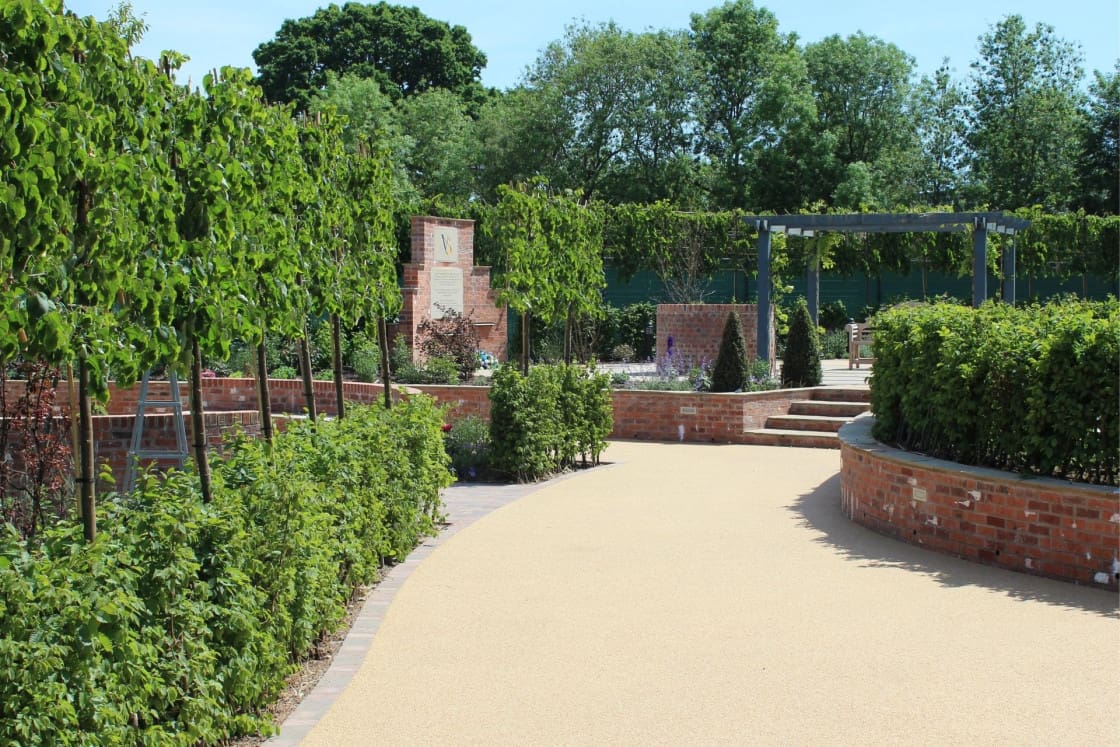Creating Beautiful Bespoke Garden Designs


No-one wants to be overlooked when we’re spending time enjoying some relaxation in our gardens. Sometimes on-looking windows are difficult to avoid, especially in new build properties, but this can be helped with clever and well-executed planting.
A neighbour’s first-floor window peeking over your fence may be bothering you but your budget won’t stretch to a full back panel of trees. Quite frankly, in a small garden that’s not practically possible. The resolution is that it can be easily blocked out by a 4-5m tree. Trees, however, will only screen from one or two perspective points. The window may still be visible from another viewpoint in your garden, so it’s important to first determine which position from within your garden it is you want to screen. 4-5m trees are instant and will give you some cover that’ll increase as it matures, they can also be handled into position easily by two people.
Consider the mature height and spread of the trees and shrubs when selecting for a small garden. Don’t stick to a back fence either, as this will create a two-dimensional effect. Stagger planting at varying depths to get the best out of privacy planting, it’ll make the space feel more interesting and achieve depth in the garden.
In some gardens, the adjoining boundaries are very low and the need for instant privacy is required. Small trained pleach trees are ideal. They are often grown to have clear stems from 90cm to 2m and the canopy of the tree is trained flat, so they don’t take up much room or create too much shade. Ideal for an instant ‘stilted hedge’ as they are commonly described. To disguise a fence or unsightly wall, using hedging such a Cherry Laurel or clumping Bamboo work well. Both are evergreen, fast-growing and are easily maintained to a certain height and spread. Try trellis fencing with seasonal or evergreen climbers as an alternative to taking the edge off brickwork.
Evergreen trees are great, they provide all-year-round cover. On the other hand, they are generally slower growing which gives them a bigger price tag. A lot of them in one garden may look overpowering, so position a few amongst other seasonal trees.
Don’t disregard non-evergreen/ deciduous trees for their screening capabilities, although they can lose some of their leaves, their trunks and branch structure can still provide some screening or even soften the look of something unsightly.
Ornamental pear is a deciduous tree that is first into leaf in the spring and one of the last to lose its leaves in the autumn. Hornbeam and beech trees will even hold onto most of their brown leaves right through the winter if it’s not an extremely cold one.
Needing privacy in your garden? We’re here to help. Call our friendly team on 0116 210 0760 today.